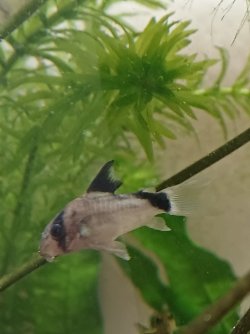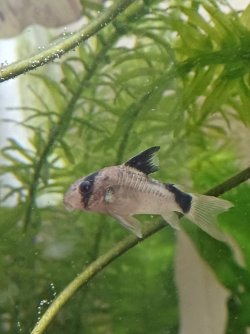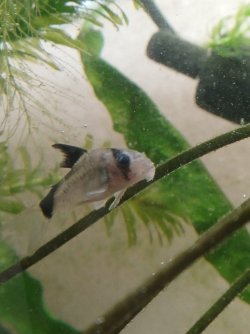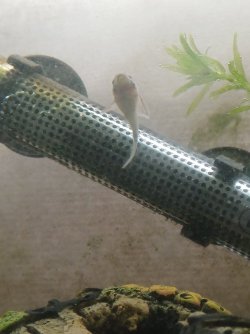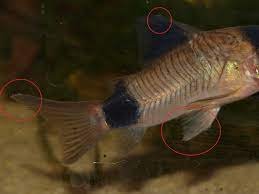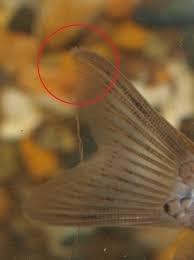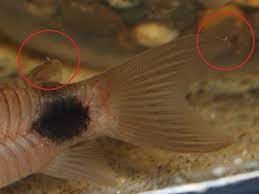I was just sitting by my tank and noticed one of my panda cories seemed to be slowly floating towards the top of the tank. Watched him for a bit and while he could get to the bottom, he would start listing slowly to one side once he got there. I decided to catch him out, while I was watching I noticed another one who seemed to have a similar problem although not quite to the same extent.
I've caught them both and they're currently just in a jug that's resting inside the tank while I set up a hospital tank. While the problem isn't severe I'm worried that it's affecting two of them and could be some kind of contagious disease.
In the tank are 10 cories (5 julii or false julii, 5 pandas), approx 10/12 pygmy cories and four ADF's. No new additions to the tank. All the other cories seem fine so far.
Parameters - ammonia and nitrite 0, nitrate approx 10-15ppm. Last water change was on 13/01, next change is due so I'll get that done as well.
Any ideas for treatment?
I've caught them both and they're currently just in a jug that's resting inside the tank while I set up a hospital tank. While the problem isn't severe I'm worried that it's affecting two of them and could be some kind of contagious disease.
In the tank are 10 cories (5 julii or false julii, 5 pandas), approx 10/12 pygmy cories and four ADF's. No new additions to the tank. All the other cories seem fine so far.
Parameters - ammonia and nitrite 0, nitrate approx 10-15ppm. Last water change was on 13/01, next change is due so I'll get that done as well.
Any ideas for treatment?


